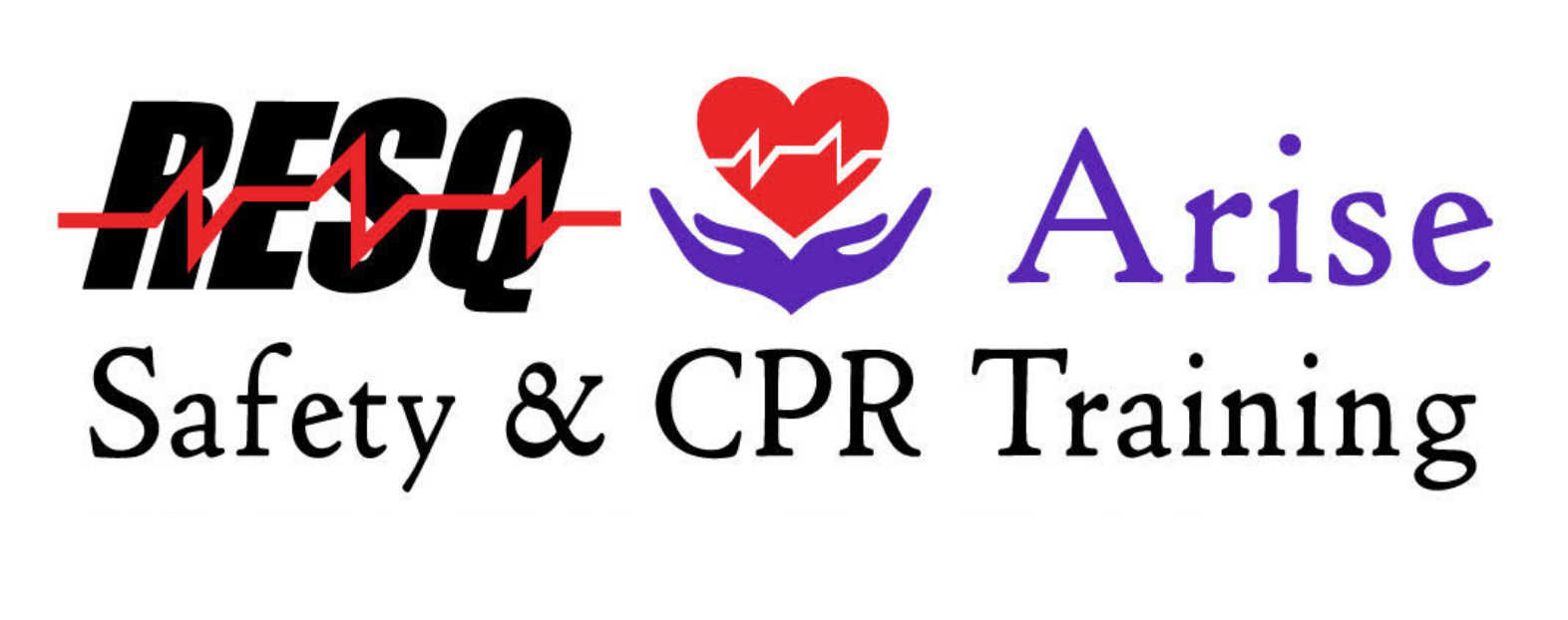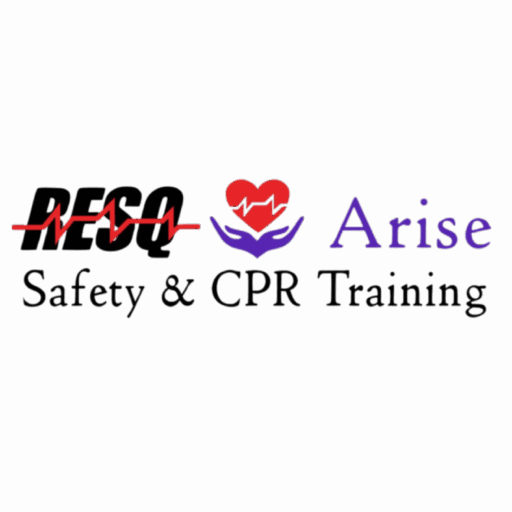When someone’s heart stops, every second matters. That’s where CPR comes in. But have you ever wondered how chest compressions actually help? The answer lies in the body’s biology.
Let’s break it down.
What Happens When the Heart Stops
Normally, the heart pumps blood. This blood carries oxygen to the brain, heart, and other vital organs.
But during cardiac arrest, the heart stops pumping. Blood flow stops. Oxygen doesn’t reach the brain. Within minutes, brain damage can begin.
Why Chest Compressions Matter
Chest compressions act like an artificial heartbeat. When you push down on the chest, you’re squeezing the heart between the breastbone and spine.
This force pushes blood out of the heart and into the body. When you let go, the chest rises. The heart refills with blood.
Push. Release. Push. Release. That’s how blood keeps moving.
Circulating Oxygen
Here’s the key: CPR doesn’t restart the heart. But it does move oxygen-rich blood to the brain and other organs.
If someone stops breathing, their blood still holds oxygen—for a little while. Compressions help circulate that oxygen until emergency help or a defibrillator arrives.
Compression Quality Matters
Good CPR means:
-
Compressing at a rate of 100–120 per minute
-
Going at least 2 inches deep (for adults)
-
Allowing full recoil between compressions
-
Minimizing pauses
Every detail counts. Shallow compressions or long pauses reduce the effectiveness.
Keeping the Brain Alive
The brain is sensitive. Without oxygen, it can suffer damage in just 4 to 6 minutes.
CPR keeps blood and oxygen flowing to the brain. It buys time. It gives the person a fighting chance.
Final Thoughts
Chest compressions don’t fix the heart. But they keep blood moving. They protect the brain. And they bridge the gap until medical help arrives.
That’s the science. That’s the power of CPR.
Want to learn proper technique and boost your confidence in an emergency? Consider taking a certified CPR class.





